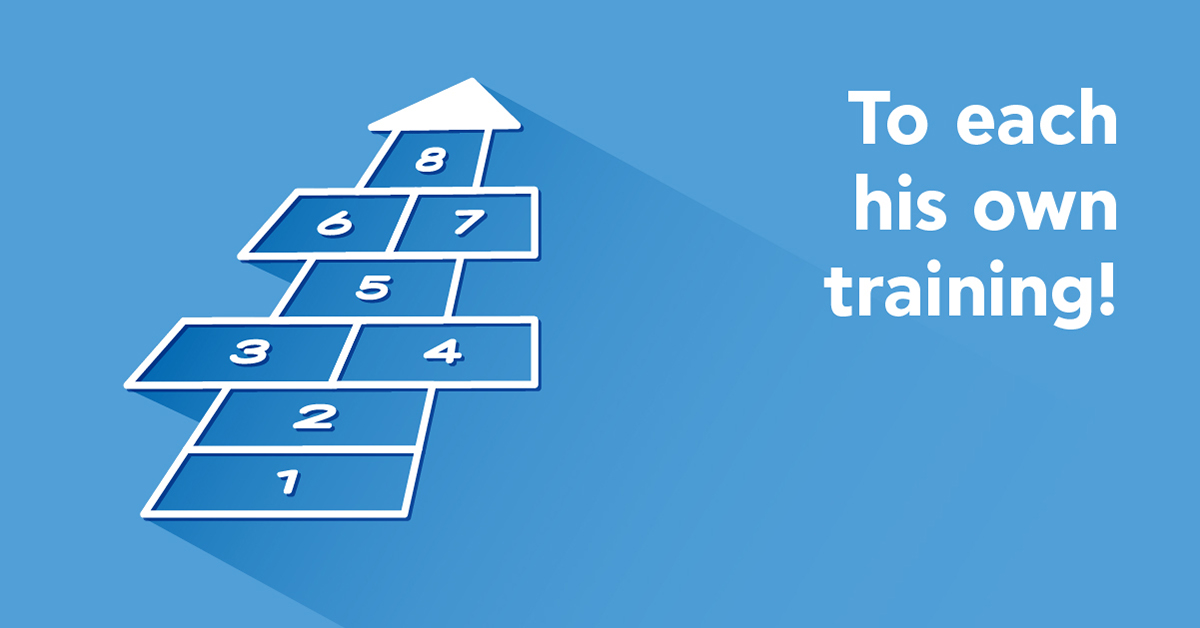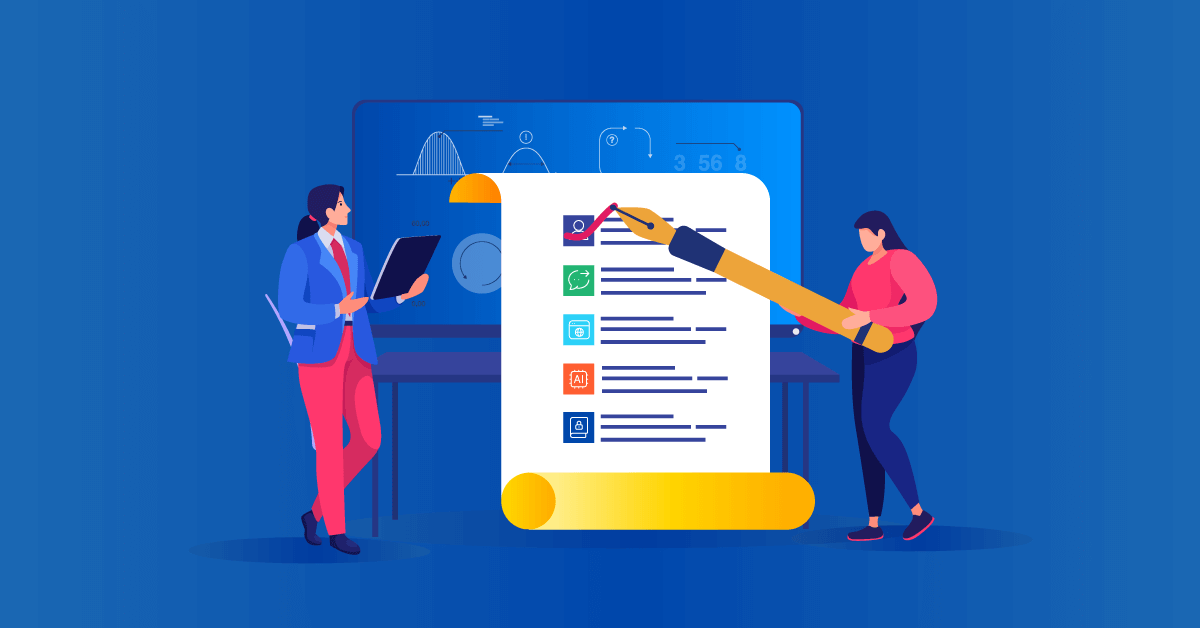Competency based training has become prevalent in the past few years, notably for its ability to adapt to individual learner requirements and test learners in only the areas that they need to be tested.
Unsurprisingly, many eLearning providers have become wise to the idea of bringing the principles of traditional competency based training into the production of eLearning delivery, the benefits of which we’ll cover below. But there’s a knack to getting this right; so how should you go about it?
What is competency based training?
Generally speaking, competency based training works on the principle that learners must demonstrate competency in any given area before being able to progress with their learning. This is best explained with an example.
Example: Call Center
Let’s say that every new agent that joins a call center needs to go through General Onboarding Training.
The first course may be ’How to Greet Customers When Picking Up the Phone’. In order to display competency in this learning, all new employees are tasked with a role play call. Those that pass the role play can move on to the next stage of learning, but those that fail to meet standards may need to revise that course to reinforce their learning about the different services offered by the business, and how to greet each type of customer appropriately.
Why implement competency based eLearning?
Why should we study the principles of competency based training when delivering eLearning?
1. Saves time – users can fly through modules for which they already have expertise; the ones that would have usually unnecessarily slowed them down and made their experience less stimulating.
2. Engagement – because users are only being tested in areas in which they do not possess sufficient existing knowledge, they will almost always be in a state of constant engagement, which studies show often leads to learning success!
3. Success in achieving learning outcomes – competency based training demands that learners demonstrate just that; their competency. While eLearning would have to be more rigorous in some areas in order to accommodate for this, if an employee does possess any existing knowledge in an area, they will still have a less cumbersome eLearning experience overall.
The necessary programming in adding features and creating extended versions of modules will be an up front investment, when you compare the production of competency based eLearning to that of typical eLearning.
However, the combination of a bespoke experience and the outcome of a comprehensive grasp of how to actually utilize the knowledge learners have acquired will result in them enjoying greater satisfaction from their eLearning.
If executed properly, the final outcome should be that learners complete their training with greater recall of key information and excel further in their roles.
How is competency based eLearning delivered?
Repetition and playback
Consuming information is different to absorbing it – using a combination of standard assessment methods (such as questions, fill the blanks, etc.) and more pioneering methods (such as video, visuals etc.) to test competency is a best practice.
Recalling and understanding are not the same as being able to explain something, which is why deploying a range of methods and technologies for assessing a candidate’s learning helps ensure competency.
Context
Another surefire way to test whether a learner thoroughly understands their new knowledge is to change the context. Reading off a screen and relaying that information verbally in a calm setting isn’t very challenging – and neither is completing on-screen questions or puzzles.
Instead, try case studies or role plays to put the information into a real-life context that challenges the learner and makes them actually think about the information they have (hopefully) absorbed.
Segmentation
To successfully construct competency based eLearning that allows each individual user to have a truly tailored experience, you need to begin individualizing every independent section of your content.
The reason for doing this is to ensure that your LMS enables administrators to deselect users from unnecessary modules of learning in which they are already competent.
To begin this process, you should start by mapping out your content – and this process will be much easier if your subject matter lends itself to being sequential, rather than non-linear. If your content isn’t sequential, you should still identify links and relationships between individual courses and create rules based around these.
By following the steps for creating competency based training you’ll quickly see the benefits outlined in this article.
Survey
Finally, you’ll need to design some form of survey that accompanies your content map. This can allow you to identify a starting point, knowledge gaps and areas of expertise for each individual learner, and serve them the appropriate eLearning courses. In a sense, when learners complete this survey they are crafting their own, customized training!
There’s a lot to take in – and that’s without any real specifics on executions or granular details. We haven’t been exhaustive in our listing of benefits and considerations either for this same reason; you first need to decide if competency based eLearning is for you!
A good example of a company managing this style of eLearning well at the moment is the popular language learning app, Duolingo. If you’re familiar with the app, you’ll have a better understanding of the principles discussed above. If not, and need a working idea of competency based eLearning, check them out and get a practical idea of how this great methodology works.
So, where have we left off?
Competency based training is a great way to get learners engaged and focused on what’s important to you and them. It helps them apply their knowledge in the work context, which is, after all, the reason behind having a corporate training program in the first place. Give it a try and enjoy the improved results!



